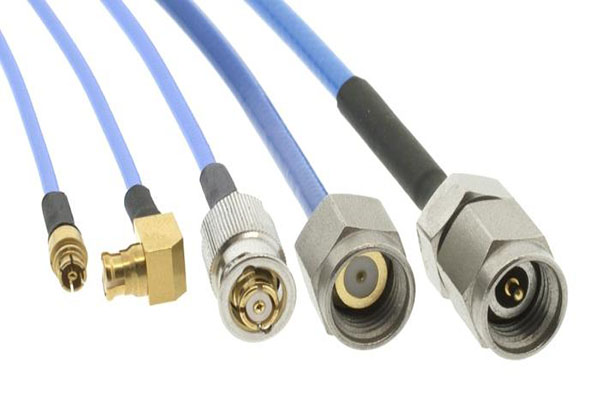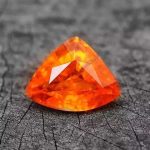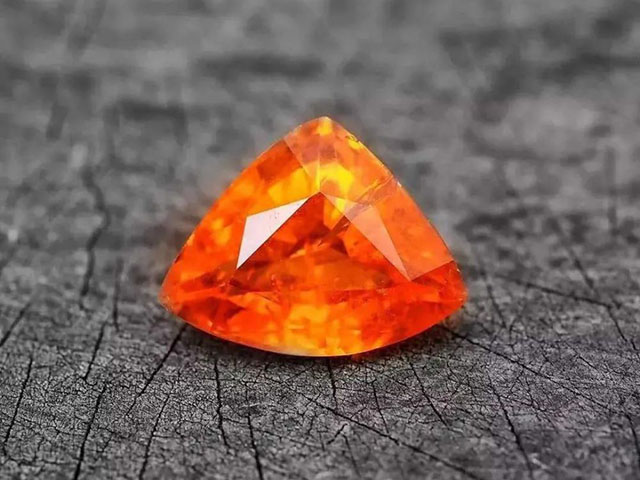Connectors play a crucial role in ensuring the smooth functioning of electronic devices. One such connector type is the MHF4 connector, which has gained popularity in recent years due to its miniature size and high frequency performance. However, with the increasing demand for U.FL connectors, a common question arises: is MHF4 compatible with U.FL? In this blog post, we will delve into the details of MHF4 and U.FL connectors, their compatibility, and the advantages and disadvantages of using each connector type.
What is MHF4 Connector?
MHF4 connector, also known as Micro RF Coaxial Connector, is a miniature coaxial connector used in high-frequency applications. It is a surface-mount connector, which means that it is soldered directly onto the printed circuit board (PCB) of the electronic device. The MHF4 connector is widely used in mobile devices, tablets, and other compact electronic devices.
Features and benefits
- Miniature size: The MHF4 connector has a tiny footprint, making it ideal for use in compact electronic devices.
- High frequency performance: MHF4 connectors have a high-frequency range of up to 12 GHz, making them suitable for high-frequency applications such as 5G and Wi-Fi 6.
- Easy to assemble: MHF4 connectors are easy to assemble and solder onto the PCB.
- Low cost: Due to their small size, MHF4 connectors are relatively inexpensive.
What is U.FL Connector?
U.FL connector, also known as uFL, IPX or MHF connector, is another type of miniature coaxial connector. It was originally developed by Hirose Electric and is commonly used in wireless communication systems. Like MHF4, U.FL connectors are also surface-mount connectors that are soldered directly onto the PCB.
Features and benefits
- Miniature size: U.FL connectors are also small in size, making them ideal for use in compact electronic devices.
- High frequency performance: U.FL connectors have a high-frequency range of up to 6 GHz, making them suitable for a wide range of wireless communication applications.
- Low profile: U.FL connectors have a low profile, which means that they do not take up much space on the PCB.
- Easy to assemble: U.FL connectors are also easy to assemble and solder onto the PCB.
Compatibility of MHF4 and U.FL Connectors
When it comes to connector compatibility, there are several factors to consider, including the connector’s gender, impedance, and frequency range.
Factors that determine compatibility
- Connector Gender: MHF4 and U.FL connectors have different gender types. MHF4 connectors have a male pin, while U.FL connectors have a female receptacle. This means that a MHF4 connector cannot be connected directly to a U.FL connector.
- Impedance: MHF4 and U.FL connectors have different impedance values. MHF4 connectors have a 50 ohm impedance, while U.FL connectors have a 50 ohm or 75 ohm impedance. This means that the connectors have different electrical properties, which can affect the signal quality if not matched properly.
- Frequency range: MHF4 and U.FL connectors have different frequency ranges. MHF4 connectors have a frequency range of up to 12 GHz, while U.FL connectors have a frequency range of up to 6 GHz.
Differences between MHF4 and U.FL Connectors
MHF4 and U.FL connectors have several differences that make them incompatible. For instance,as mentioned earlier, the gender types of the connectors are different, which means that a MHF4 connector cannot be connected directly to a U.FL connector. Additionally, the MHF4 connector has a different contact pitch and orientation than the U.FL connector. The MHF4 connector has a pitch of 0.4 mm and a vertical orientation, while the U.FL connector has a pitch of 1.25 mm and a horizontal orientation.
Adapters and solutions for compatibility issues
While MHF4 and U.FL connectors are not directly compatible, there are adapters and solutions available to address compatibility issues. One such solution is to use a pigtail adapter, which converts the MHF4 connector to a U.FL connector. Another solution is to use a PCB antenna with a matching connector to the device’s connector. This can help maintain the impedance match and avoid signal quality issues. It is important to note that using adapters or pigtails may introduce additional loss and noise into the system, which can affect overall performance.
Advantages and Disadvantages of using MHF4 and U.FL Connectors
Like any other connector type, MHF4 and U.FL connectors have their own set of advantages and disadvantages.
MHF4 Connector
Advantages:
- Miniature size
- High-frequency performance
- Easy to assemble
- Low cost
Disadvantages:
- Incompatibility with U.FL connectors
- Limited impedance values available
- May require an adapter or pigtail for compatibility with other connector types
U.FL Connector
Advantages:
- Miniature size
- High-frequency performance
- Low profile
- Easy to assemble
Disadvantages:
- Limited impedance values available
- Incompatibility with MHF4 connectors
- May require an adapter or pigtail for compatibility with other connector types
Comparison of the two connectors
MHF4 and U.FL connectors have several similarities, including their miniature size, high-frequency performance, and ease of assembly. However, the MHF4 connector has a higher frequency range than the U.FL connector and is generally less expensive. On the other hand, the U.FL connector has a lower profile and can be used with a wider range of devices.
Conclusion
MHF4 and U.FL connectors are both miniature coaxial connectors that are widely used in compact electronic devices. While the connectors have several similarities, they are not directly compatible due to their different gender types, impedance values, and frequency ranges. However, adapters and solutions are available to address compatibility issues. When choosing between MHF4 and U.FL connectors, it is important to consider the specific requirements of the application, including the frequency range, space limitations, and cost.




